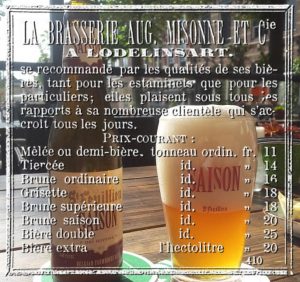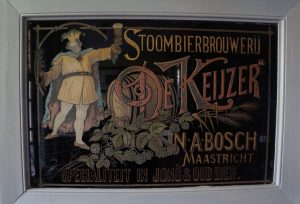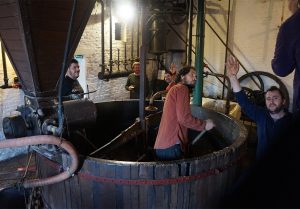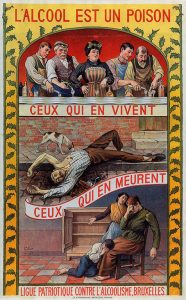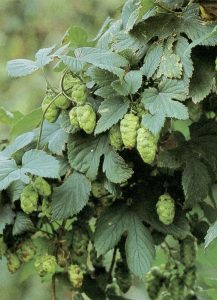What is Belgium’s oldest beer?
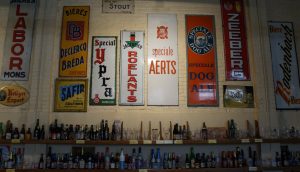 When making a beer trip to Belgium, you can easily get mesmerized by all the history you see: venerable old brown pubs, knighthoods with seemingly Medieval outfits, stained glass windows, old carriages and most of all: lots of labels. Labels featuring emperors, monks, coats of arms and of course most prominently a year of supposed origin, usually a millennium or so ago. So that’s why this time I’ll try to answer the inevitable question: what is Belgium’s oldest beer? (more…)
When making a beer trip to Belgium, you can easily get mesmerized by all the history you see: venerable old brown pubs, knighthoods with seemingly Medieval outfits, stained glass windows, old carriages and most of all: lots of labels. Labels featuring emperors, monks, coats of arms and of course most prominently a year of supposed origin, usually a millennium or so ago. So that’s why this time I’ll try to answer the inevitable question: what is Belgium’s oldest beer? (more…)





